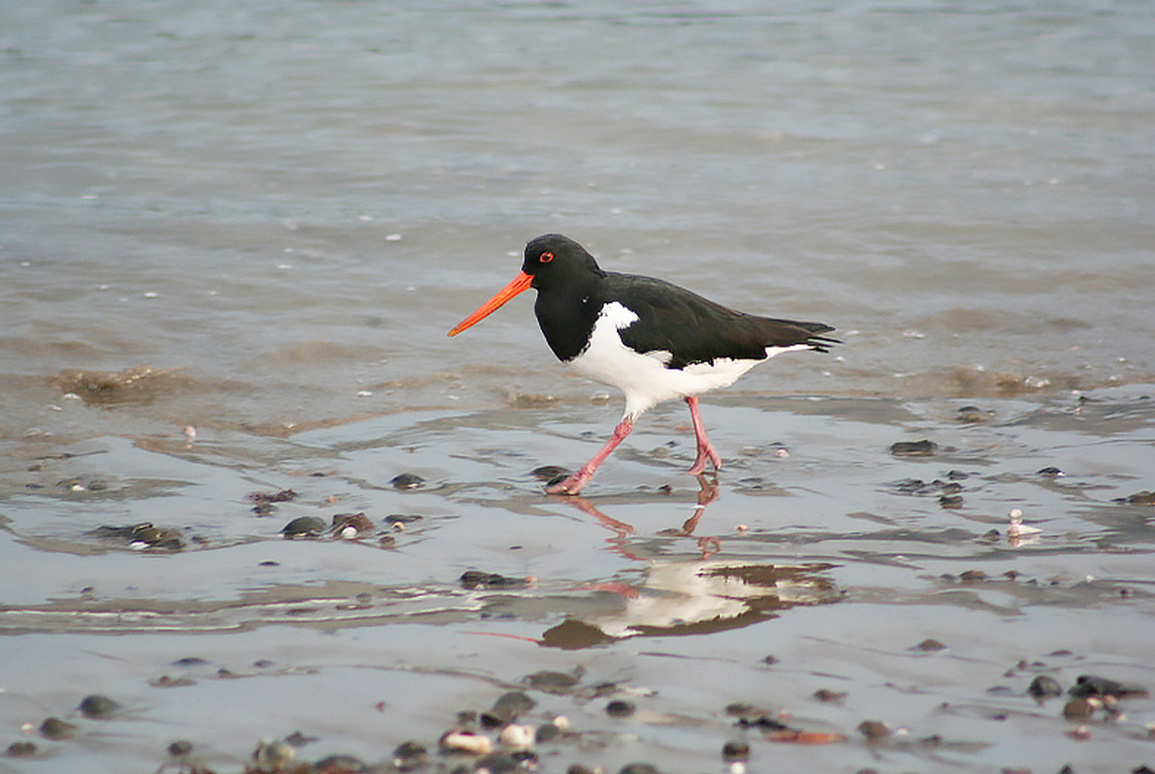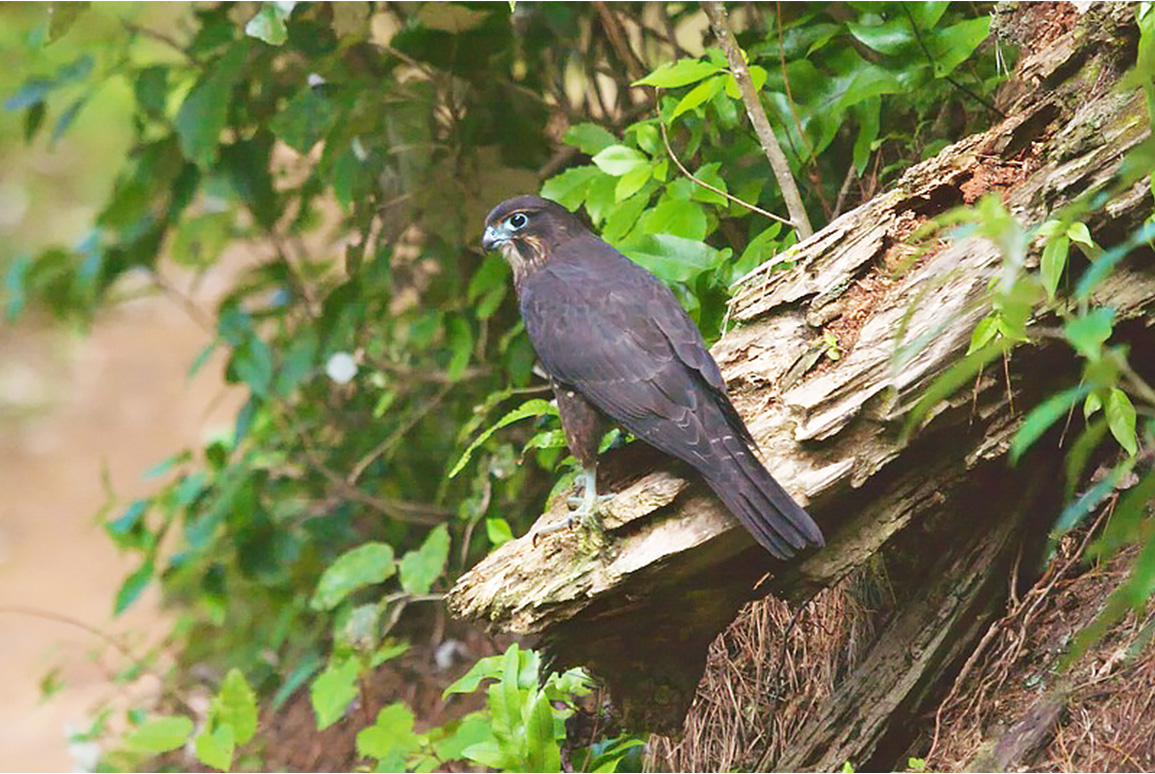Here's what you need to know about managing construction impacts on avifauna
30 January 2019
On a global scale, New Zealand is home to a reasonably low diversity of bird species; however, what we lack in diversity, we make up for with uniqueness.

For approximately 80 million years, New Zealand’s birds evolved in the absence of mammalian predators and in isolation from other land masses. This resulted in the evolution of an assemblage of birds that includes many species that are only found in New Zealand, such as kereru, tui and paradise shelduck. Since the arrival of humans and the introduction of mammalian predators, many of these species have significantly reduced in number and today almost half of New Zealand’s bird species have a conservation status of At Risk or Threatened.
Our native avifauna are found in a wide variety of habitats (freshwater, terrestrial and coastal), both natural and modified. Not surprisingly, a number of our project sites contain native bird species and habitat. Birds are most vulnerable to project impacts during the breeding season, when adults are incubating or brooding and eggs or chicks are in the nest (and not mobile).
Most of New Zealand’s native birds are protected under the Wildlife Act (1953), and resource consent conditions can include measures to avoid, remedy or mitigate adverse effects on native birds, particularly At Risk and Threatened species.

The simplest and most effective way to avoid impacting native birds is to identify what bird species may nest within a project footprint, and to avoid undertaking construction activities during the breeding season (generally August – February inclusive).
When this approach is not possible, another option is to engage a suitably qualified ecologist or ornithologist (bird expert) to conduct a pre-construction or pre-vegetation clearance survey for nesting birds. In this case, if no nesting birds are detected, construction or clearance activities can proceed. If nesting birds are detected, construction/clearance exclusion zones (the size of which is species dependent and determined by the ecologist/ornithologist) can then be established around the nests to protect them until nesting activities are completed. This protects the nest (eggs and chicks) and enables project activities to occur outside of the exclusion zone/s. This management technique is regularly recommended and used successfully by Boffa Miskell ecologists on a range of projects.
While the physical movement of some native species is a common management technique to minimise effects on those biota, such measures are the last resort for managing nesting birds. This is because the movement of a nest may disturb the nesting bird and compromise egg or chick survival. This management technique requires obtaining a Wildlife Act Authority from the Department of Conservation (DOC); we note that an application for such a permit does not guarantee authorisation. Furthermore, DOC permits can take months to process, and monitoring and mitigation are often associated with authorisation.
Boffa Miskell ecologists are experienced in these management techniques and can provide advice and assistance for your project so that the effects on New Zealand’s birds can be successfully managed.

